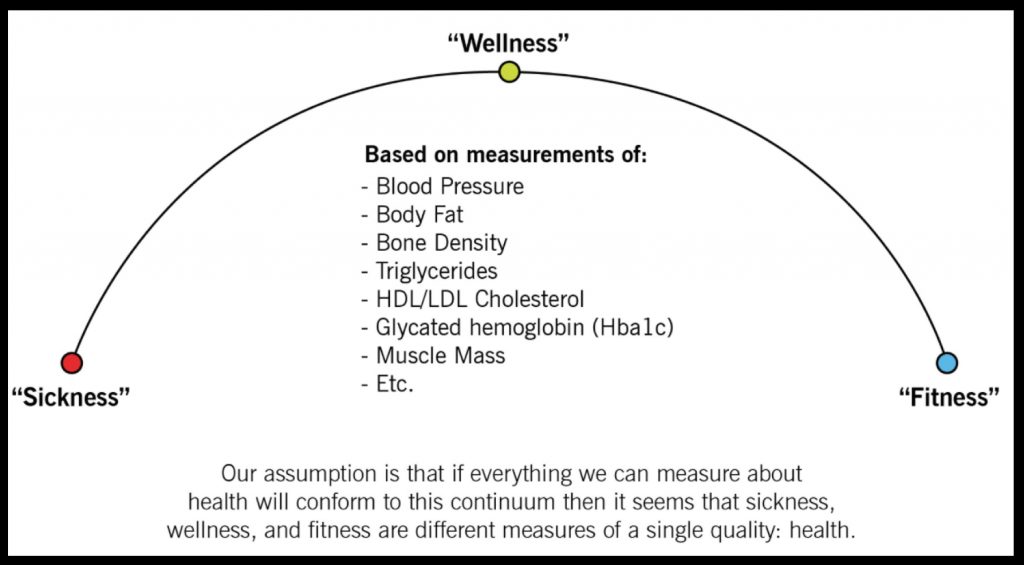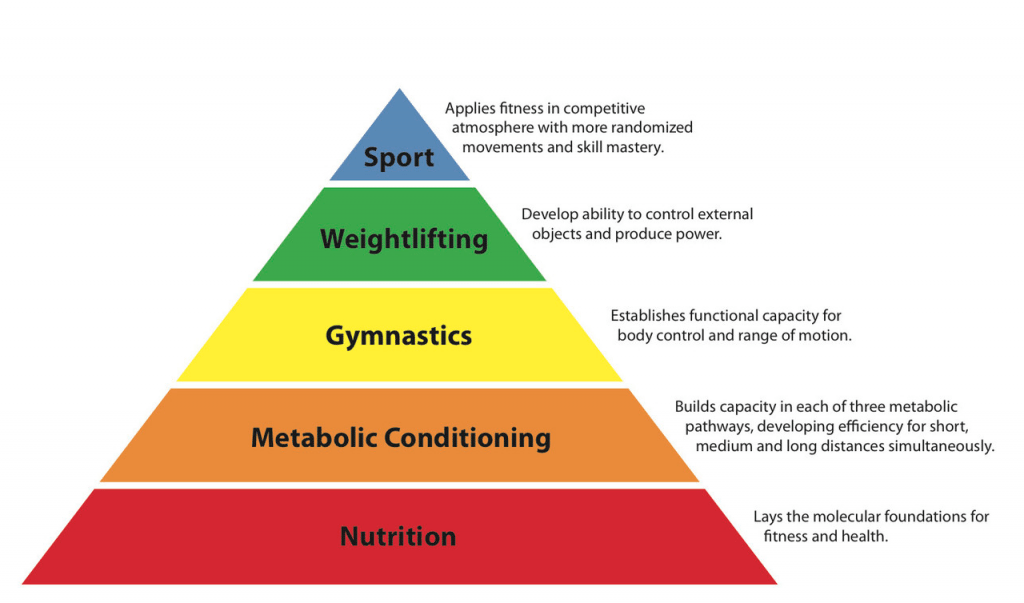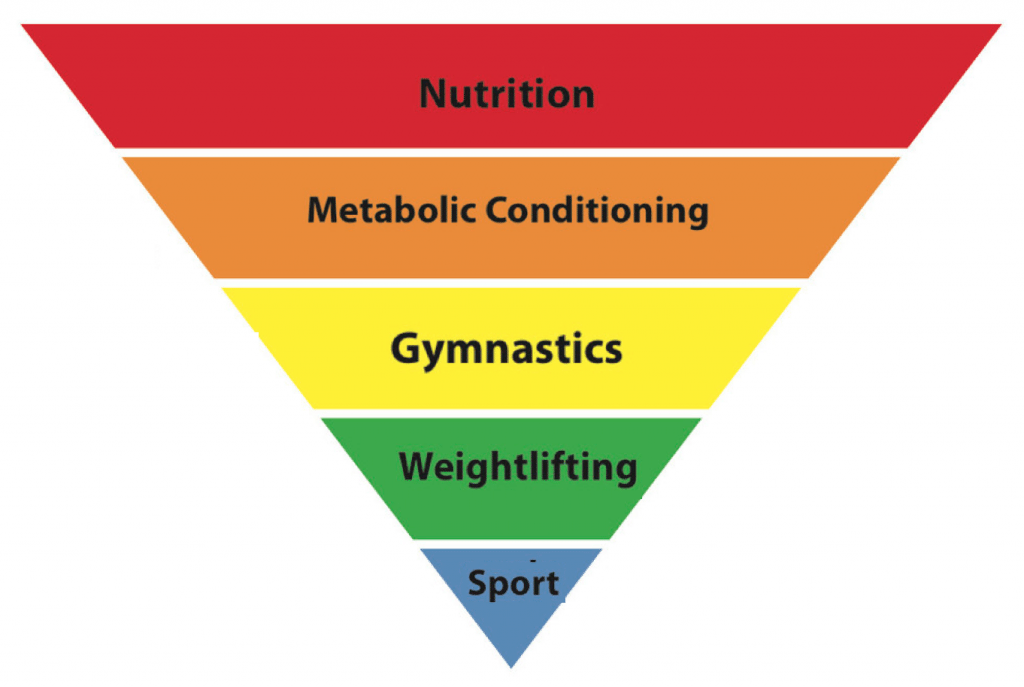Science and Theories: Supporting Kids & CrossFit
The Basics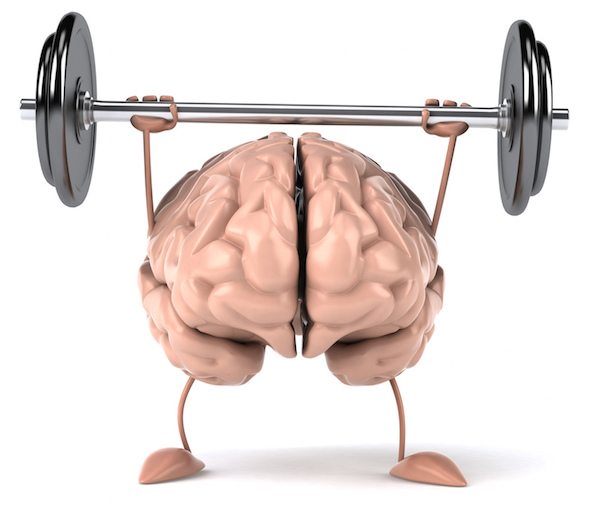
History- “The health and fitness decline”
There is a trend of health decline amongst the general public from our youth all the way to our elders with an increase in chronic illness, lack of exercise, and bad nutrition habits. After the Agricultural Revolution, Industrial Revolution, and push toward continued advanced technology, this has enabled humans to do less work to get what we need. We have “outpaced our genes;” our bodies are not prepared or meant to live a sedentary lifestyle. Where once humans had to hunt and gather our food, today you can order food from an app, and get it delivered without even leaving your couch.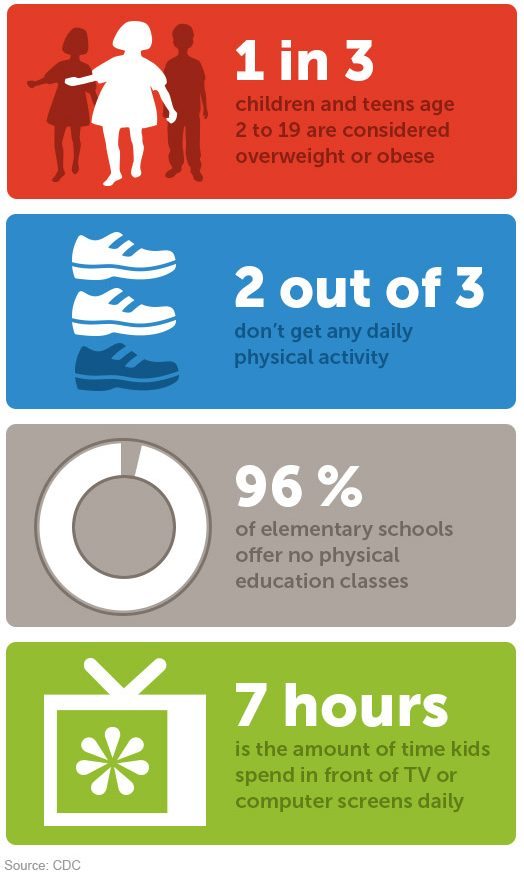
This is not just affecting adults who have the ability to comprehend
and make their own lifestyle decisions, it is happening to our innocent, vulnerable youth. CrossFit is taking a lead in being a positive influence for children and their parents to set educate them on healthy lifestyle choices to avoid chronic diseases and promote longevity.
Neuroanatomy – Fitness Effects on the brain
The brain is a complex organ, and we have the ability to affect it and its functioning through fitness all the way at a cellular level. Ever heard the phrase “use it or lose it?” By practicing skills, including correct movement patterns, you can help dictate it your brain strengthens these abilities/neural connections in your brain. For example: notice a very young child that has the perfect squat form? And then see an adult try to squat down and suddenly it looks different, maybe with bad flexibility or a bend back (compromising their back/spine safety)? Why does this skill not stay? Well because it is not practiced. How does this work inside the brain?
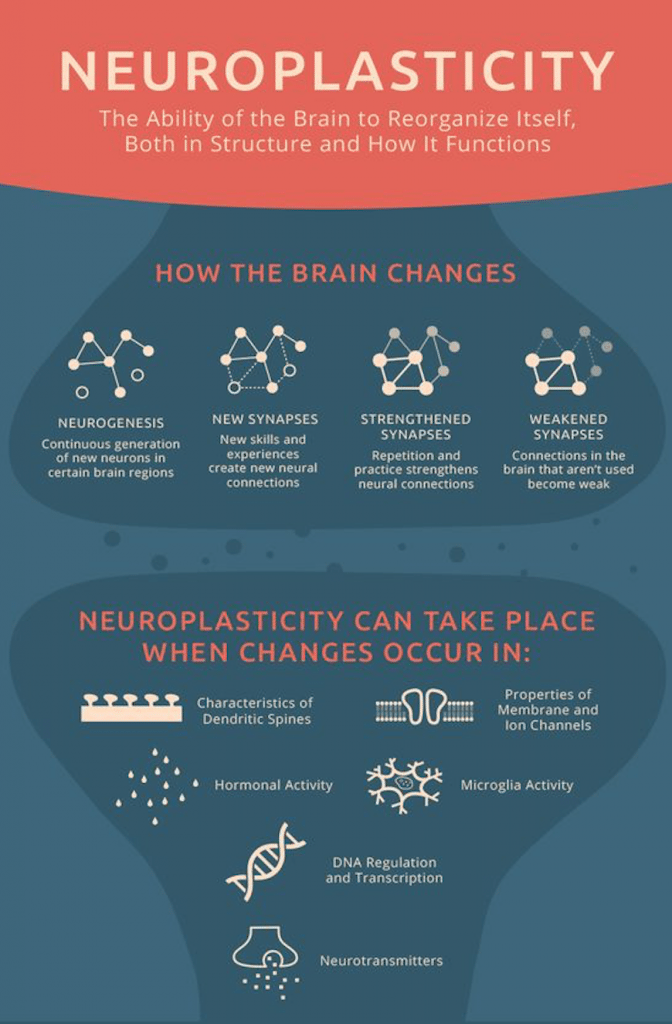
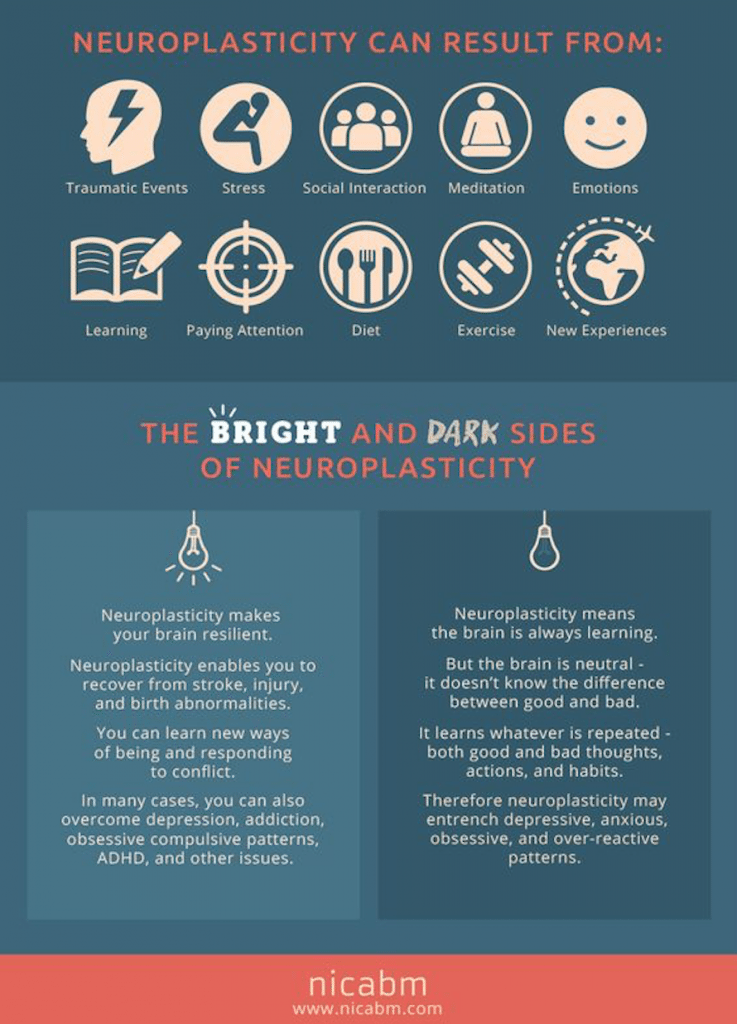
Movement Success Trio
This Venn Diagram shows how multiple things can affect how success/goals for individuals can be achieved. For one given activity, based on the individual, the task can be modified, the environment and equipment, as well as eventually the skills of a person, to reach optimal performance. By using these 3 variables, we can modify for a “just right challenge” for each individual, gradually increasing the difficulty in order to achieve an overall goal.
Growth plates-Is CrossFit safe for kids?
Youth Strength Training: Top 5 Myths – Avery D. Faigenbaum, Ed.D.
While children and adolescents have traditionally been encouraged to participate in aerobic activities such as swimming and bicycling, a compelling body of evidence indicates that strength training can be a safe and effective method of exercise for youth provided that appropriate guidelines are followed. The qualified acceptance of youth strength training by medical and fitness organizations such as the American College of Sports Medicine, the Canadian Society for Exercise Physiology and the National Strength and Conditioning Association is becoming universal, and nowadays comprehensive school-based programs are specifically designed to enhance health- related fitness components, which include muscular strength and muscular endurance. By definition, the term strength training refers to a specialized method of physical conditioning that involves the progressive use of a wide range of resistive loads and a variety of training modalities designed to enhance or maintain muscular fitness. Although it is commonplace for boys and girls to strength train in schools, recreation centers, and sports camps to enhance their health, fitness and athletic performance, concerns about the safety and efficacy of youth strength training still persist. Furthermore, coaches, teachers, and parents are often asked if the potential benefits of youth resistance training outweigh the risks. Unfortunately, the correct answers to these questions are often obscured by the myths surrounding strength exercise. Five of the most common myths associated with youth strength training are discussed below:
Myth #1: Strength training will stunt the growth of children.
Fact: Current observations indicate no evidence of a decrease in stature in children who regularly perform resistance exercise in a controlled environment. Furthermore, a growth plate fracture has not been reported in any youth strength training study. If appropriate exercise guidelines are followed, regular participation in weight-bearing physical activities, such as strength exercise, will likely have a favorable influence on bone growth and development during childhood and adolescence.
Myth #2: Strength training is unsafe for children
Fact: With appropriate supervision and instruction, the risks associated with youth strength training are not greater than other activities in which children and adolescents regularly participate. The key is to provide qualified supervision, age-specific instruction and a safe training environment in order to reduce the risk of an accident.
Myth #3: Children can not increase strength because they do not have enough testosterone.
Fact: Testosterone is not essential for achieving strength gains. This is evidenced by women and elderly individuals who experience impressive strength gains without high levels of testosterone. When training-induced strength gains are compared on a relative or percent basis, improvements in children are comparable to adolescents and adults.
Myth #4: Strength training is only for young athletes.
Fact: Although strength training may enhance the sports performance of young athletes while reducing their risk of sports-related injuries, regular participation in a strength training program may also offer observable health value to boys and girls who are not involved in sports programs. In addition to enhancing musculoskeletal health, regular strength training provides an opportunity for participants to learn about their bodies and feel good about participating in strength-building activities that are engaging, progressive and fun. Strength training may be particularly beneficial for overweight youth who are less willing and often unable to participate in prolonged periods of moderate to vigorous aerobic exercise without rest.
Myth #5: The sport of weightlifting is inappropriate for children
Fact: In the sport of weightlifting, athletes attempt to lift maximal amounts of weight when performing the clean and jerk and snatch. Current findings suggest that youth can successfully perform these lifts and benefit from participating in this sport provided that the focus remains on proper form and technique and appropriate weights are used in practice and competition. Children and adolescents who want to participant in weightlifting should be encouraged to do so under the qualified supervision of a youth weightlifting coach.
© 2010 Avery D. Faigenbaum strongkid.com
The Health/Wellness Life Continuum
This continuum is a representation of our levels of health (specifically physical, it does not include mental/emotion/social heath, although these are just as important). The closer one gets to sickness, the closer they get to death. The goal is to support a lifestyle that gets as close to fitness as possible. By doing this it enables one to tolerate downfalls easier. Perhaps someone gets ill with cancer, or an elderly person has a fall, the closer they are to fitness, the longer it will take them to reach sickness/death than it would if they were not living a lifestyle that promoted moving toward the right of this continuum.
The Traditional Pyramid
The triangle above is a traditional CrossFit supported/created diagram explaining the importance of laying a foundation for success in sports. Most people follow this pyramid, however, upside down. The focus on “sport” often is the main area of activity. The fact that exercise is happening is fantastic, but by doing this the rest of the pyramid is neglected, and there is an unproportionate/week foundation for one’s overall fitness/health. This frequently leads to injury in sport due to the lack of foundation and week other areas of this pyramid. CrossFit encourages laying this foundational pyramid in order to create successful, well-rounded athletes who are less likely to experience injury.
Neurobiology and Current Research
Positive fitness (CrossFit) effects on the body:
↑HGH, ↑Testosterone, ↑ lactate, ↑ blood flow, ↑ cortisol (stress hormone), ↑ neuron growth in the hippocampus of the brain (in charge of memory/learning), ↑BDNF (brain growth), ↑vestibular ability (balance/coordination), ↑ Neurotransmitter activity (increasing synapses in the brain).
Positive effects of exercise/CrossFit in currently supported research:
↑test scores in school, ↑grades, ↑attention, ↑social skills, ↑confidence, ↓ depression, ↓ anxiety, ↓ ADHD symptoms, ↓aggressive behavior, ↓medications needed
Resources
Please visit CrossFit.com, the CrossFit Journal, the CrossFit Kids Trainer Guide, and/or feel free to ask for references or where to find current research.
(All information cited and credited to: CrossFit.com – *Click on pictures to find their origional website).


